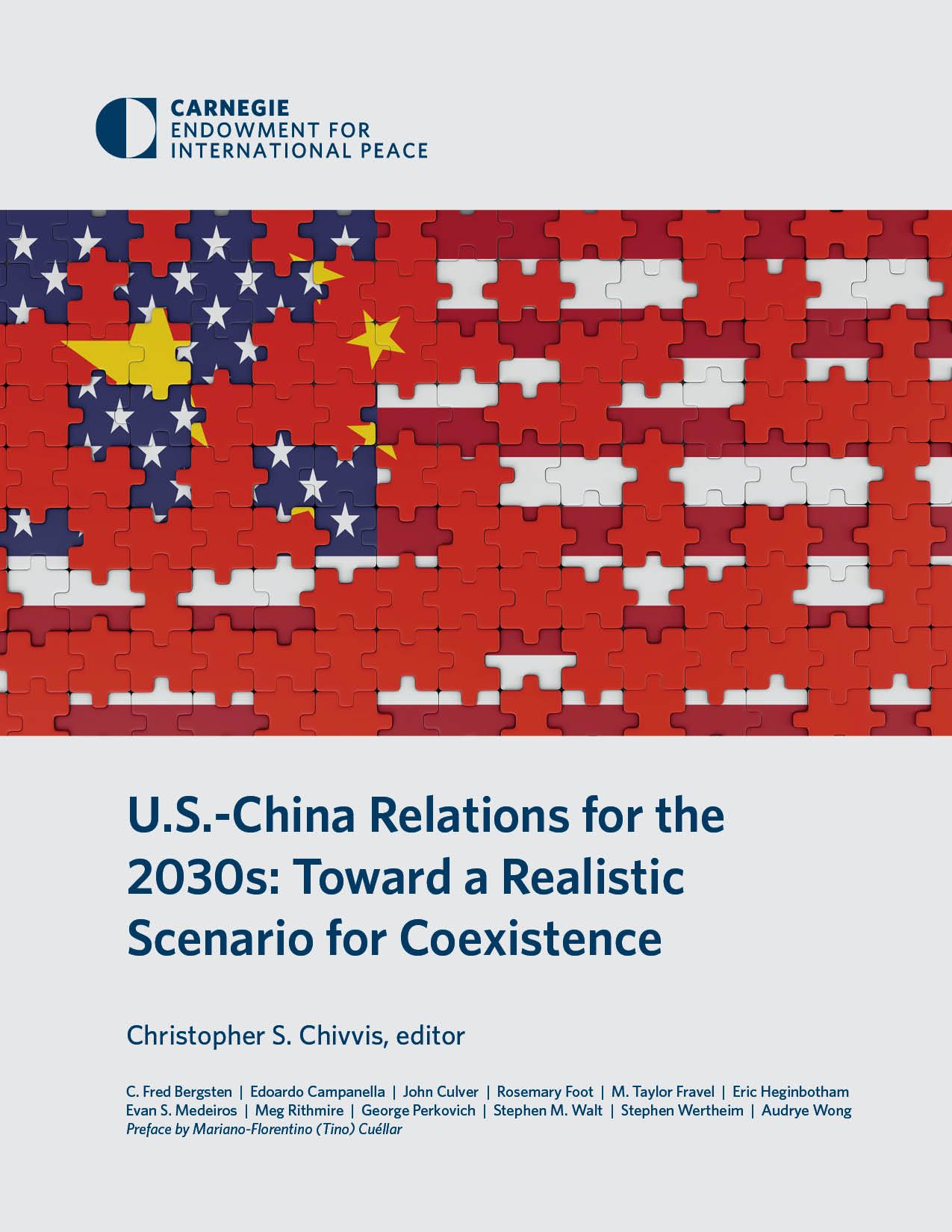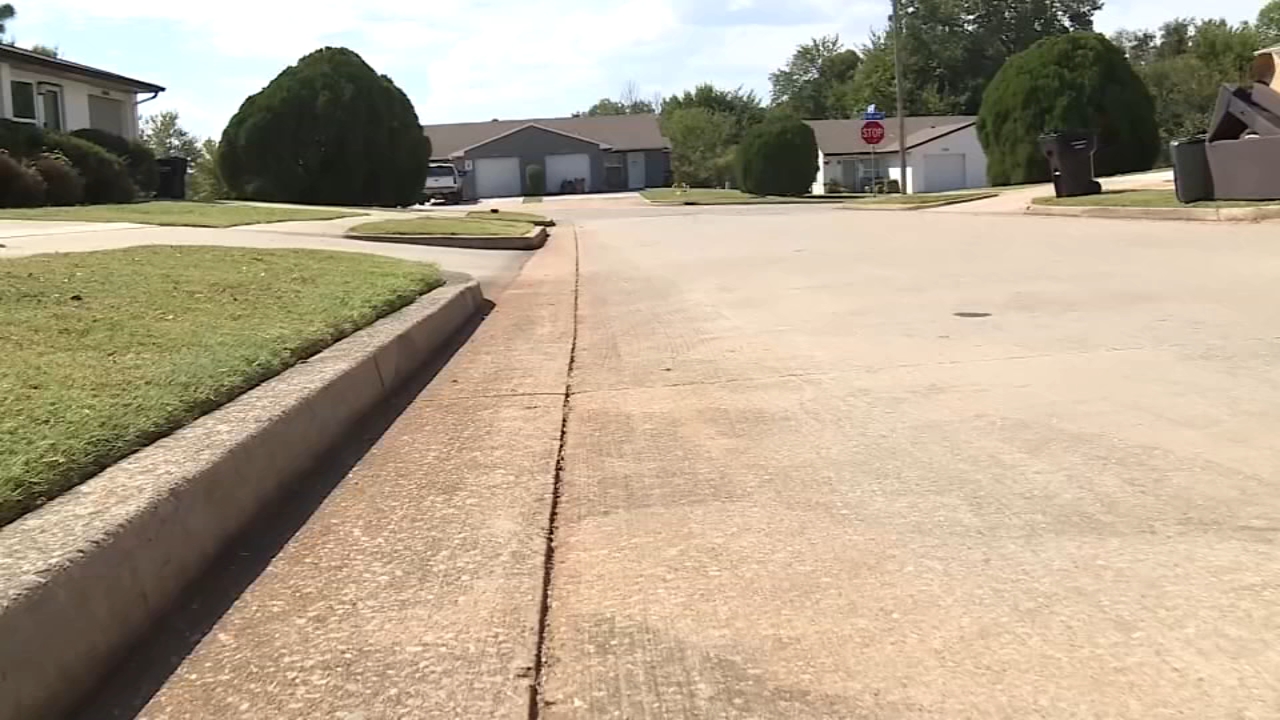Report on Police Reinforcement in West Oahu and Alignment with Sustainable Development Goals
Introduction: Addressing Community Safety and Sustainable Development
The Honolulu Police Department (HPD) has announced a strategic initiative to enhance public safety in its West Oahu patrol District 8. This action directly addresses a significant increase in crime and calls for service, aligning with several key United Nations Sustainable Development Goals (SDGs), particularly those focused on peace, institutional strength, and sustainable communities.
SDG 16: Peace, Justice, and Strong Institutions
The core of the initiative is to strengthen local institutions to reduce violence and promote justice, in line with SDG 16. The department is taking concrete steps to achieve Target 16.1 (Significantly reduce all forms of violence and related death rates).
Key Actions and Statistics:
- Personnel Increase: 12 new officers will be assigned to District 8, increasing the total staff from 160 to 172.
- Objective: To improve police response times, increase visibility, and enhance neighborhood coverage, thereby strengthening community trust.
- Context of Violence: The reinforcement follows a period of escalating violent crime.
- Between January and September 2024, District 8 recorded 11 murders and 24 attempted murders.
- A notable spike in violence occurred over the July Fourth weekend, with five shootings in approximately 26 hours.
- Several high-profile incidents involving firearms took place in August 2024.
SDG 11: Sustainable Cities and Communities
This initiative contributes to SDG 11 by working to create safe, inclusive, and resilient communities in West Oahu. Officials recognize that law enforcement is one component of a broader strategy for sustainable urban development.
Holistic Community Development:
- State Representative Darius K. Kila emphasized that while law enforcement is crucial, it cannot solve systemic issues alone.
- He called for continued investment in areas critical to community sustainability, including:
- Infrastructure development
- Wildfire prevention
- School improvements
- Community support services
- Mayor Rick Blangiardi noted that creating a safe environment is a collective responsibility, requiring collaboration from schools, religious organizations, and community members to foster peace and well-being.
SDG 8: Decent Work and Economic Growth
The report highlights significant challenges and efforts related to institutional capacity and employment, which are central to SDG 8. HPD’s staffing shortages impact its ability to deliver essential services, while recruitment efforts aim to provide stable employment.
Staffing and Recruitment Analysis:
- Vacancy Rates: As of June 1, HPD had 461 sworn officer vacancies and 188 civilian vacancies. District 8 alone has over 40 vacancies for metropolitan police officers.
- Attrition: The department faces ongoing departures, with 74 officers retiring in 2024 and 40 separations (retirements, resignations, etc.) by June 1 of the current year.
- Recruitment Efforts: The 12 new officers for District 8 are being filled from existing vacant positions as recruitment efforts expand. Two additional recruit classes are set to complete training in November, providing further resources.
SDG 17: Partnerships for the Goals
The success of the public safety initiative relies heavily on multi-stakeholder partnerships, a cornerstone of SDG 17. HPD has established an operational framework built on inter-agency collaboration.
Collaborative Framework:
- An incident action plan developed by HPD’s Major Events Division coordinates efforts across city, state, and federal levels.
- A forward operating post was established at the Waianae Police Station to facilitate 24-hour joint operations.
- Key partners in this initiative include:
- State Department of Land and Natural Resources (DLNR)
- State Sheriff’s Division-Department of Law Enforcement
- Hawaii State Fusion Center (HSFC)
- Federal Bureau of Investigation (FBI)
- Hawaii National Guard Counterdrug Program
- The HSFC provides critical threat assessments, including real-time social media monitoring, to identify emerging risks.
Analysis of Sustainable Development Goals (SDGs) in the Article
1. Which SDGs are addressed or connected to the issues highlighted in the article?
-
SDG 16: Peace, Justice and Strong Institutions
- The article’s primary focus is on addressing a surge in violent crime, including shootings and murders, in West Oahu. This directly relates to SDG 16, which aims to promote peaceful and inclusive societies, provide access to justice for all, and build effective, accountable, and inclusive institutions. The efforts of the Honolulu Police Department (HPD) to increase officer presence, improve response times, and ensure public safety are central to this goal.
-
SDG 17: Partnerships for the Goals
- The article highlights the importance of collaboration to tackle the crime issue. It mentions partnerships among various agencies at the city, state, and federal levels, such as HPD, the state Department of Land and Natural Resources, the Sheriff’s Division, the FBI, and the Hawaii National Guard. It also emphasizes the need for community partnerships, with officials stating that “it will take the entire community working together to reduce violence and crime.” This aligns with SDG 17, which encourages effective partnerships to achieve sustainable development.
2. What specific targets under those SDGs can be identified based on the article’s content?
-
Under SDG 16: Peace, Justice and Strong Institutions
-
Target 16.1: Significantly reduce all forms of violence and related death rates everywhere.
The article is a direct response to a “spate of shootings and violent crime,” including 11 murders and 24 attempted murders in District 8. The entire initiative of adding more police officers is aimed at reducing these violent acts and their resulting deaths.
-
Target 16.6: Develop effective, accountable and transparent institutions at all levels.
The article discusses HPD’s struggles with “staffing shortages” and its efforts to become more effective by adding 12 new officers to “improve response times and neighborhood coverage.” The acting police chief’s statement about strengthening “community trust” and providing “relief for both our residents and our officers” points to the goal of building a more accountable and effective police force.
-
Target 16.a: Strengthen relevant national institutions… to prevent violence and combat… crime.
The article details how HPD is strengthening its capacity by filling vacant positions and deploying new officers. It also describes a multi-agency approach, where HPD collaborates with state and federal partners like the Sheriff’s Division and the FBI to “address the escalating crime,” which is a clear example of strengthening institutional capacity for crime prevention.
-
Target 16.1: Significantly reduce all forms of violence and related death rates everywhere.
-
Under SDG 17: Partnerships for the Goals
-
Target 17.17: Encourage and promote effective public, public-private and civil society partnerships.
The success of the initiative was “largely attributed to close collaboration among various agencies at the city, state and federal levels.” Furthermore, officials like Mayor Blangiardi and State Rep. Kila stress the need for community involvement, noting that “the biggest stakeholders of all is the community” and that it is “essential to build deeper partnerships alongside officers.” This reflects the multi-stakeholder approach promoted by this target.
-
Target 17.17: Encourage and promote effective public, public-private and civil society partnerships.
3. Are there any indicators mentioned or implied in the article that can be used to measure progress towards the identified targets?
-
For Target 16.1 (Reduce violence and death rates):
- Number of violent crimes: The article provides a baseline with “11 murders and 24 attempted murders” between January and September 2024 in District 8. Future reductions in these numbers would indicate progress.
- Number of calls for police service: The article mentions a “24% increase in calls for service.” A decrease in this metric could suggest a reduction in crime or an increased sense of security.
-
For Target 16.6 (Develop effective institutions):
- Police staffing levels: The article provides specific numbers: an increase in district staffing from 160 to 172 officers, and existing vacancies (461 sworn officer vacancies department-wide, over 40 in District 8). Reducing vacancies and maintaining adequate staffing are key indicators.
- Police response times: A stated goal is to “improve response times.” Measuring and reporting on this metric would track the effectiveness of the increased staffing.
- Community trust levels: While not quantified, the goal to “strengthen community trust” is mentioned. This could be measured through community surveys or feedback mechanisms, which are implied as necessary for success.
-
For Target 17.17 (Promote partnerships):
- Number and effectiveness of inter-agency operations: The article describes a “24-hour operations” post and collaboration with multiple state and federal agencies. The continuation and success of such joint operations serve as an indicator of this partnership.
- Community engagement initiatives: The call for residents, community leaders, schools, and religious communities to work together implies that the creation and success of community-led safety initiatives would be a measure of progress.
4. Summary Table of SDGs, Targets, and Indicators
| SDGs | Targets | Indicators |
|---|---|---|
| SDG 16: Peace, Justice and Strong Institutions | 16.1: Significantly reduce all forms of violence and related death rates everywhere. |
|
| 16.6: Develop effective, accountable and transparent institutions at all levels. |
|
|
| SDG 17: Partnerships for the Goals | 17.17: Encourage and promote effective public, public-private and civil society partnerships. |
|
Source: staradvertiser.com







